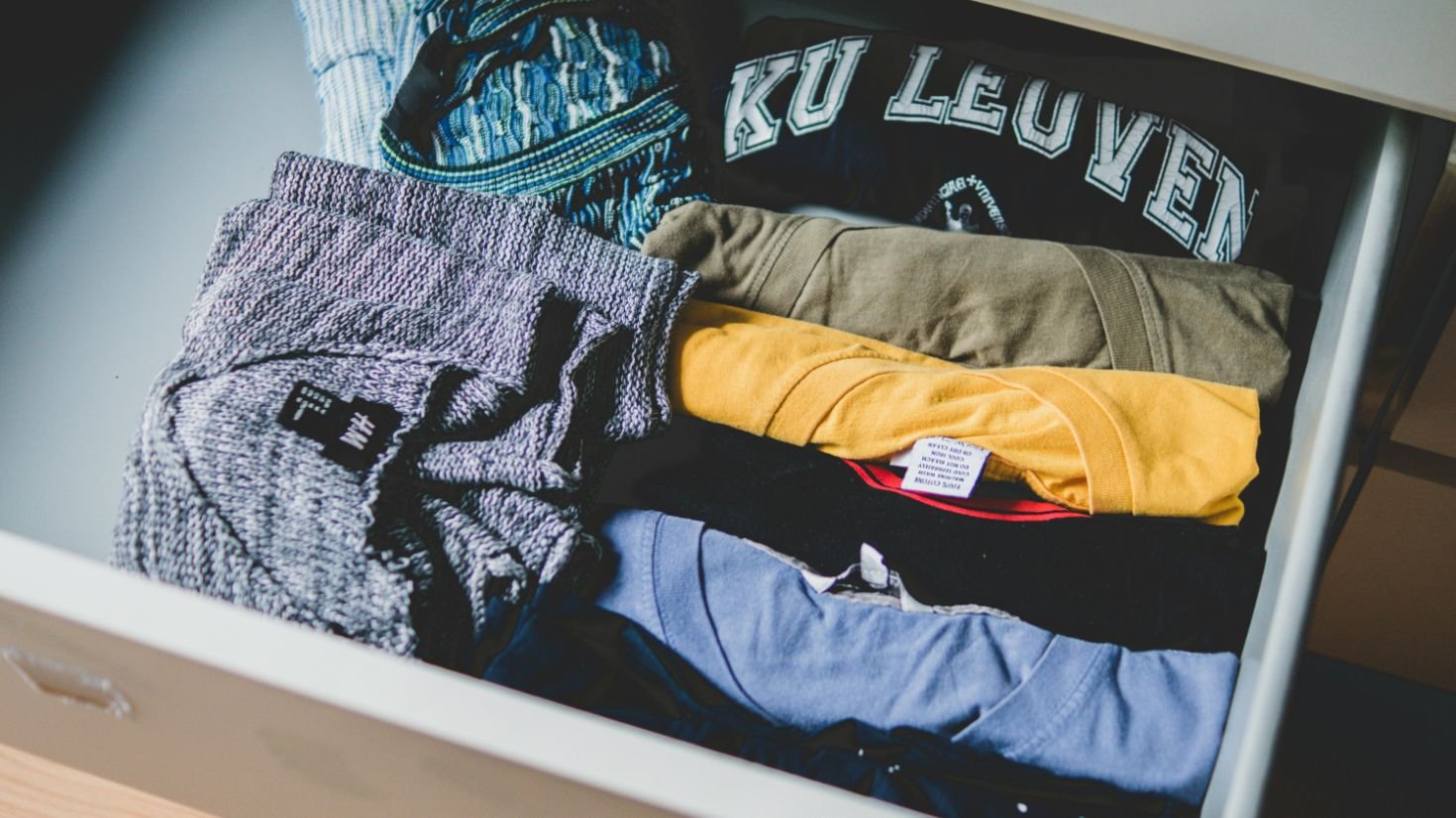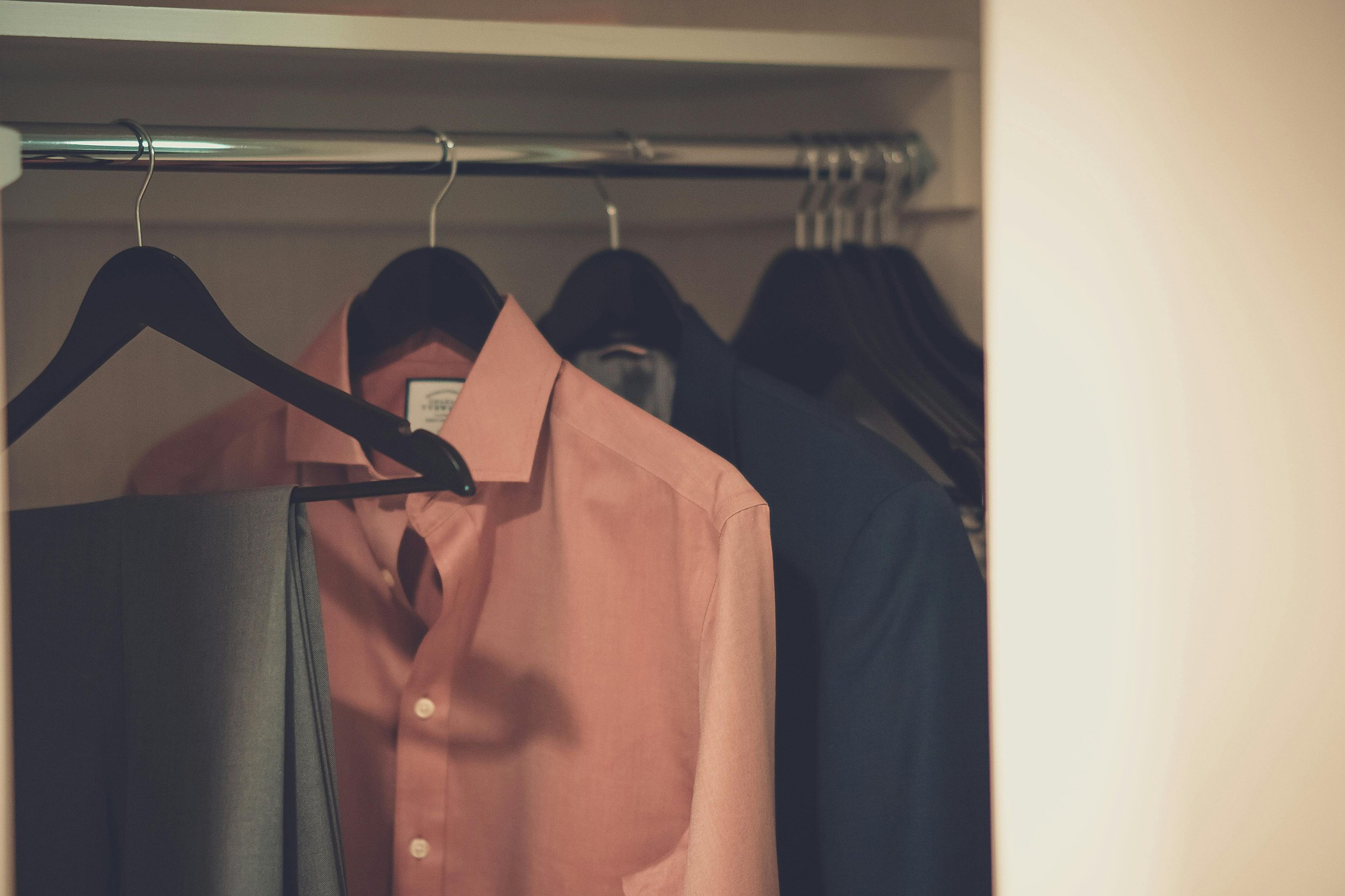A Simple Guide on How to Fold Clothes For Packing
Master the art of packing with this easy guide on how to fold clothes efficiently—save space, stay organized, and travel stress-free every time.
Packing is an important part of any relocation process. As important as it is, not many people know the best way to actually go about it.
What may seem like a simple task—folding clothes—can quickly become a recipe for moving chaos. It’s easy to get stressed out when you don’t manage every wrinkle-prone shirt or bulky sweater properly.
While there is no singular correct method for folding clothes, some techniques outperform others in specific packing contexts.
The goal of folding your clothes smartly is to maximize space. Plus, you also create the best chance for your clothes to arrive at the new destination in good condition, making your relocation process seamless.
So, let's ease up the process.
Here are some tips to learn on how to fold clothes for packing, starting with the preparation that sets the tone for a successful packing process.
Sort and Categorize Before You Fold
You should organize your clothes before folding them. It makes it easier to assess the kind of clothes you have and determine the best technique to use in folding them.
All these factors contribute to a more efficient packing process.
So, before getting into how to fold clothes for packing, here’s a guide on how to sort your clothes:
By clothing type:
An easy way to sort your clothes is by grouping them according to the clothing type. You can create categories such as heavy garments for sweaters and jeans, and lightweight fabrics for t-shirts and tops.
Another category for formal wear will work best for shirts and suits, while delicate materials like silk and lace will fall in another category. Depending on how many you own, you can create an accessories group for scarves and belts.
By use case:
Alternatively, you can organize your clothes by the purpose they serve.
Workwear, lounge clothing, and travel outfits are a few examples in these categories. They also help make unpacking easier at your destination.
By frequency of use or essentials:
For items you will need immediately upon arrival, like sleepwear or a few everyday outfits, fall into this category.
Group these separately and pack last for easy access after the movers load your belongings.
5 Easy Folding Techniques to Learn
Once you are done sorting and grouping your clothes, the next step is to begin folding.
Here are a few folding techniques that you can adopt when packing your clothes:
1. Try the military roll
Everyday clothing such as T-shirts, leggings, pajamas, activewear, casual tops, and bottoms can be folded using this method.
The military roll technique is widely used in military and travel settings. It maximizes space and minimizes wrinkles.
Here’s a step-by-step instruction on how to roll clothes for packing using this method:
Lay the cloth flat with its face up. Using your hands, smooth out any wrinkles.
Fold the bottom of the cloth upwards by 2 to 3 inches. It should create a “cuff that will eventually serve to lock the roll in place.
Fold the sleeves of the cloth inwards if applicable to form a neat rectangle.
Roll the cloth tightly from the top (it could be the collar or waistband) toward the cuff at the bottom.
Then, tuck the roll into the cuff to secure it. It helps prevent unrolling and maintains a tight, stable form.
The military roll method not only saves space but also maintains the cloth's structure during transit. It allows you to "stack" rolls in a drawer or box without them unfolding or shifting.
2. Use the flat fold method
If you have any structured wear or formal clothes such as button-down shirts, blouses, trousers, dresses, or uniforms, this method works well for folding them.
It's a traditional folding method that not only preserves structure but also reduces wrinkles—great for tailored clothes. The flat fold works well in stacked arrangements and is ideal for items you will hang up soon after unpacking.
Below is how to fold clothes for packing using the flat fold method:
Button all closures. Fasten every button from the top to the cuffs. It helps to keep the clothes structure.
Lay the cloth face down this time, but ensure the surface is a flat one.
Fold one sleeve across the back. Make it align with the edge along the center line of the cloth.
Repeat the above fold with the second sleeve. You should now have a long, rectangular shape.
Fold the left and right sides inward to reduce width, keeping the shape tidy.
Fold the cloth in half or thirds, depending on the size of the box or bag you will be using.
Alternatively, you can place a sheet of tissue paper inside the fold to prevent friction and reduce wrinkling for delicate fabrics.
3. Apply the bundle wrap method
Bundle wrapping is a bit technical, but it is a space-conscious method. It works by wrapping smaller garments around a central core that forms a layered “bundle.”
The bundle then protects the outer layers from creasing. When packing one bag or box with multiple outfit types, the bundle wrap significantly minimizes pressure points that cause creasing.
You can use them for wrinkle-prone items, full outfits, and mixed-garment groupings.
Here’s how to fold clothes for packing without wrinkles using the bundle wrap:
Create a core. Use a soft item like a pouch of socks or underwear as the center.
Lay the structured clothes flat. You can start with jackets, then layer shirts, pants, and other long items around the core.
Alternate the direction of each layer. That is, the collars can point out on some, and point in on others.
Wrap each cloth over the core tightly but without stretching the fabric.
Continue layering until the core is enclosed.
Note:
The outermost layers should be your most wrinkle-resistant items.
4. Explore the file fold method
Often used in organizational systems like KonMari, the file fold method makes each item visible at a glance. It allows for easy access during unpacking or transition periods.
With boxes and bags, what’s how to fold clothes for packing using this method?
Fold the cloth lengthwise into thirds.
Fold horizontally once or twice (depending on the cloth size) until it stands upright.
Place them vertically into boxes or bins like files in a drawer.
You could also use dividers to keep folded rows upright in larger boxes. Unlike stack-based packing, vertical placement avoids crushing lower items and makes it easy to retrieve a specific piece without disturbing others.
5. Work out the roll-fold hybrid
To fold clothing items such as jeans, sweaters, hoodies, or fleece jackets, you can use the roll-fold hybrid method.
These clothing items are often too thick for a tidy, flat fold but too rigid to bundle. Folding clothes like these will require a combination of the military roll and flat fold techniques.
In this way, there is optimal compression and space usage.
Lay the cloth flat and smooth the surface.
Fold inward from the sides to reduce width.
Roll tightly from the bottom up, keeping the seams aligned.
Secure with a fabric strap or rubber band to keep the roll intact.
Wrap Up: Good Folds—Neat, Tidy, and Travel-Ready
Having looked at how to fold clothes for packing using different methods, you will realize that each folding technique serves a unique function.
The key is to understand what each of these methods aims to accomplish.
If you want to conserve space, the military role is great.
Perhaps it’s to prevent wrinkles, the bundle wrap works great.
Want quick access to your folder clothes? The File fold method seems best.
For more structured or formal clothings use the flat fold method.
By matching the technique to the kind of clothing, even a first-time packer can execute the art of folding clothes with professional precision.








